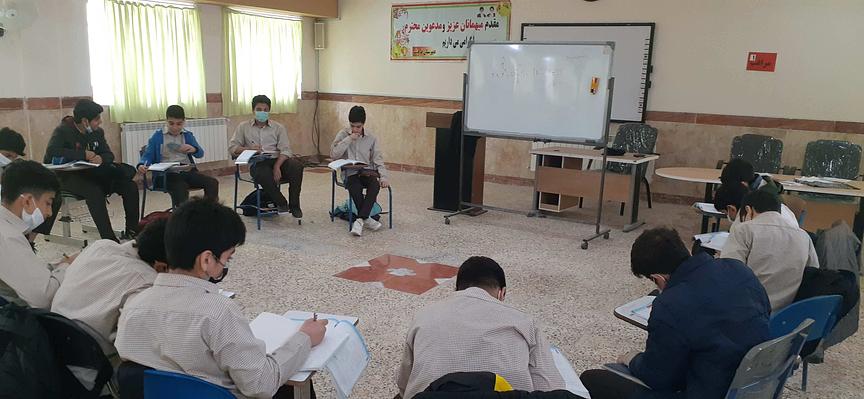Dialogue plus questioning in the teaching process is created to enhance learning outcomes and promote critical thinking skills among students. By incorporating active dialogue and thoughtful questioning into educational practices, teachers can
Foster deeper understanding. Dialogue allows for the exchange of ideas and perspectives, leading to a more comprehensive understanding of the subject matter
In practice, dialogue plus questioning in teaching involves several key components:
1-Interactive Discussions: Teachers facilitate open-ended discussions where students are encouraged to express their thoughts, ideas, and opinions on the topic at hand. This dialogue creates an environment for students to engage with the material actively.
2-Socratic Questioning: Teachers employ Socratic questioning techniques to guide students in critically examining concepts, hypotheses, or assumptions. These questions encourage deeper thinking and help students uncover underlying principles.
3-Active Listening: Teachers actively listen to students' responses during dialogue, acknowledging their contributions and providing feedback to further stimulate critical thinking.
4-Promoting Inquiry: Teachers encourage students to ask their own questions about the material, fostering curiosity and independent exploration. This practice helps students take ownership of their learning process.
Dialogue plus questioning has been spreading through various avenues in education, professional development, and organizational settings:
1- Online Learning Platforms: With the rise of online learning, platforms and courses dedicated to teaching effective communication skills, critical thinking, and inquiry-based learning are gaining popularity. These resources offer educators access to tools and techniques for incorporating dialogue and questioning into virtual classrooms.
2-Professional Development Workshops: Educational organizations and professional development providers offer workshops and seminars focused on incorporating dialogue and questioning into teaching practices. These sessions provide educators with practical strategies and resources to implement in their classrooms.
To integrate dialogue plus questioning into your practice, start by:
1- Educate Yourself: Familiarize yourself with techniques like Socratic questioning and dialogue facilitation through books, online resources, or workshops.
2-Plan Engaging Lessons: Design lessons that encourage open dialogue and incorporate probing questions to stimulate critical thinking.


.jpg)
